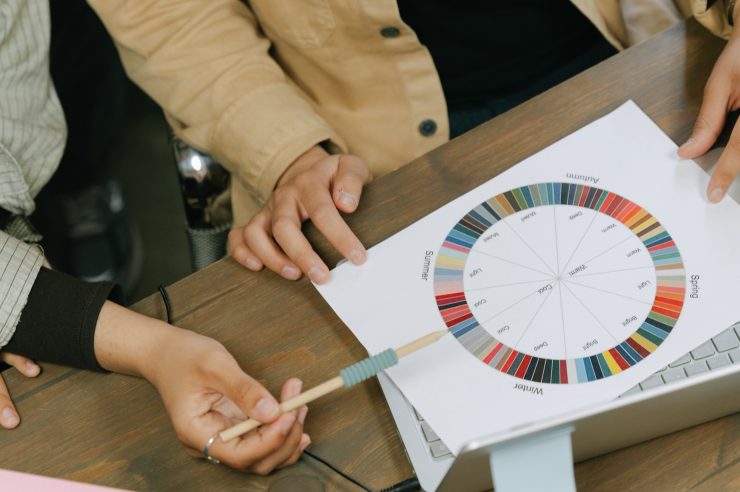Design projects often require collaboration between multiple people for success. Whether you are a project manager, designer, or just starting in the design industry, learning how to collaborate effectively can be extremely valuable. This article will provide readers with tips and tricks on how to leverage collaboration to encourage creative excellence in their design teams. From brainstorming techniques to communication strategies, this article will cover all aspects of successful collaboration in design.

Contents
Benefits of Collaboration
Collaboration is a powerful tool that can help your creative team excel. By working together, individuals can combine their unique skills and experiences to produce work that is innovative, insightful, and effective. There are numerous benefits to collaboration, including increased productivity, enhanced creativity, and improved communication.
One of the most obvious benefits of collaboration is increased productivity. When team members work together, they can share the workload and complete tasks more efficiently. This means that projects are completed faster than if each person worked independently. Additionally, by working collaboratively, team members can identify potential problems early on in the process and take steps to address them before they become major issues.
Another benefit of collaboration is enhanced creativity. When people with different backgrounds come together to work on a project, they bring with them unique perspectives and ideas that can inspire new approaches or solutions.
1. Understanding Team Dynamics
Understanding Team Dynamics to help your creative team excel is crucial for any organization that wants to achieve its goals. In today’s fast-paced business environment, collaboration and teamwork are essential elements of success. It is no longer enough for individuals to work in isolation; they must be able to work effectively with others as part of a cohesive team. To do this, it is important to understand the dynamics that drive teams and how they operate.
One key aspect of understanding team dynamics is recognizing the different roles and personalities within a group. Every individual brings their unique perspective, skills, and experience to the table. By acknowledging these differences, you can foster an environment where everyone feels valued and contributes meaningfully towards achieving the shared goal. It’s also important to clarify each person’s responsibilities and expectations within the team, so there are no misunderstandings or conflicts down the line.

2. Problem-Solving Techniques
As a creative team leader, you know that problem-solving is an essential part of the job. Your team’s ability to solve problems can make or break your success in the industry. The good news is that there are several techniques you can use to help your team excel in this area.
One technique is to encourage brainstorming sessions. Brainstorming allows your team members to come up with ideas and solutions together, bouncing off each other’s creativity and knowledge. You should allow for open discussion during these sessions while also keeping everyone focused on the task at hand.
Another technique is to utilize the SWOT analysis method in your business. This method involves evaluating your Strengths, Weaknesses, Opportunities, and Threats (SWOT). Analyzing all aspects of a project or problem can give you a better understanding of how to approach it effectively.
3. Communication Strategies
Communication is essential in any successful creative team. Without it, ideas may be lost, deadlines missed and quality compromised. Therefore, communication strategies are vital to ensuring that your creative team excels. Here are some tips to help you achieve better communication with your team.
Firstly, establish clear objectives and set expectations for each project or task. This will help everyone understand their role and what is expected of them. Secondly, create an open-door policy where anyone can ask questions or voice concerns at any time. Encourage transparency and honesty among the team members.
Thirdly, utilize collaboration tools such as Slack or Trello to keep everyone in the loop on progress updates or changes made to a project. Additionally, schedule regular check-ins with individual team members to discuss their workloads and address any challenges they may be facing.
In conclusion, effective collaboration in design is essential for a successful creative team. Utilizing the tips and tricks outlined in this article, your team can be well on its way to creating excellent products with inspiring designs. Focus on fostering open communication between team members, make sure everyone understands their roles and responsibilities, and remember that trust and respect are essential for successful collaboration. Take the time to create an effective workflow process and use tools like video conferencing or project management software to keep your team organized and motivated.



Comments (No)